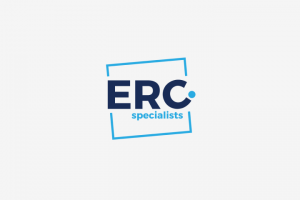
Written by: Seth Robinson
Every story has a beginning, middle and end. Put another way, a premise, a conflict, and a resolution. Point is, even with a compelling story you won’t go very far unless the story is easy to follow. Structure lubricates understanding. The best structure I have found for investor pitches is Guy Kawasaki’s 10-20-30 deck.
10-20-30 deck stands for 10 slides, 20 minutes, 30 point font. The ten slides are (1) Title, (2) Problem, (3) Unique Value Proposition, (4) Underlying Magic, (5) Business Model, (6) Go-to-market Plan, (7) Competitors, (8) Team, (9) Projections & Metrics, (10) Status, Accomplishments & Timeline.
These ten subjects give potential investors a comprehensive view of your company. They cover all the basics investors will need to know before they can consider further engagement. These slides function as the jump off point for additional engagement. The order of these slides isn’t important, and I would highly recommend changing the order to compliment your story.
Twenty minutes means you must be quick and deep. A quick and deep overview is always possible, but not usually easy. Refining your story will take practice, work and feedback from others. For practice, look into your local 1MillionCups groups. Investor pitch feedback is what those groups exist for!
Keep the presentation compelling, not exhaustive. If you do it right, investors will have follow up questions. An absence of questions means an absence of interest. In other words, the story isn’t compelling, or they had trouble following. Investor questions engage potential investors. It draws them into your story. Leave the bulk of your allotted time for their questions. The pitch will hook them; their questions will bring them on board. Do not vary from the 20 minutes! You can keep it to this time.
Thirty point font means don’t use any font less than 30. This is more important than it seems! Thirty point font forces judicious use of slide space. It helps drive home important points, but keeps you focused on the story. With 30 point font, you can’t just read your slides, because there simply isn’t much text (don’t read slides anyway. Bad form). Thirty point font complements a quick and deep approach because it doesn’t allow you to be exhaustive.
Also, investors tend to be older, and they can’t see small font. An unreadable slide is a fast way to lose interest.
The 10-20-30 deck provides the structure that makes your story easy to follow. This has become an industry standard of sorts, and most investors expect this type of presentation. Use this to your advantage. Do not focus on the presentation! Use the presentation to focus on your story. Every slide should be telling the story of your traction, quick and deep, compelling and easy to follow.
Don’t focus on your idea. And don’t lose your story in your story’s structure (or slide deck). A compelling and easy to follow story maximizes investor engagement. Making a case that you are the smartest person in the room is not only problematic and difficult, but even if successful, it won’t have the effect you think it will. Stories do have that effect.



No comment yet, add your voice below!